Small uterine fibroids are still dangerous if located in a "sensitive" location ( Video : Hai Yen).
Not all tumors require surgery.
Master, Doctor Nguyen Van Xuyen, Hong Ngoc General Hospital - Phuc Truong Minh said:
“In diagnosing uterine fibroids, doctors not only rely on the size of the tumor but also have to evaluate its location in the uterus. The FIGO grading system from type 0 to 8 is used to determine the relationship between the tumor and the uterine cavity and the uterine muscle layer, thereby providing the most appropriate prognosis and treatment direction.”
According to the FIGO (International Federation of Gynecology and Obstetrics) system, uterine fibroids are classified based on the degree of invasion into the layers of the uterine wall:
- Type 0: Fibroids are located entirely in the uterine cavity and have a stalk.
- Type 1: Submucosal fibroids, mostly located in the uterine cavity.
- Type 2: Submucosal tumor but mainly located in the myometrial layer.
- Type 3: The tumor is located entirely within the muscle layer, but is in direct contact with the uterine lining.
- Type 4: The tumor is located entirely within the uterine muscle wall, not in contact with the mucosa or serosa.
- Type 5: Subserosal tumors, mostly located in the muscle layer.
- Type 6: Subserosal tumors, mostly located outside the myometrial layer.
- Type 7: Pedunculated subserosal tumor, completely outside the uterus.
- Type 8: Tumors that do not belong to the normal uterine wall structure, such as tumors in the cervix, broad ligament, or calcified or necrotic tumors.
Dr. Xuyen also believes that not all tumors require surgery and surgery is not always the best solution.
“With the same size of fibroid, but if the location is different, the treatment will be very different. Some fibroids only need periodic monitoring. Some fibroids need surgery to preserve the uterus, but there are also cases where a hysterectomy must be considered if the fibroid affects reproductive function too much or causes complications,” the doctor said.
Women should have a gynecological exam at least 1-2 times a year.
Clinical practice shows that submucosal fibroids, although small, can cause prolonged menstrual bleeding, anemia, difficulty conceiving or repeated miscarriages.
Meanwhile, a subserosal tumor, even if large, does not greatly affect the menstrual cycle and can delay treatment if it does not cause compression.
The doctor emphasized that each tumor has a different location. A correct diagnosis not only helps determine the risk but also helps the doctor choose the appropriate method, from medical treatment, intervention with embolization, to laparoscopic surgery, open surgery, or conservative treatment in cases where children are still desired.
Therefore, experts recommend that women should have a gynecological examination at least 1-2 times per year, combined with abdominal ultrasound or vaginal probe to screen for fibroids and other gynecological diseases.
Source: https://dantri.com.vn/suc-khoe/u-xo-tu-cung-nho-nhung-van-nguy-hiem-neu-nam-o-vi-tri-nhay-cam-20251112173424531.htm





![[Photo] General Secretary To Lam visits Long Thanh International Airport Project](https://vphoto.vietnam.vn/thumb/1200x675/vietnam/resource/IMAGE/2025/11/13/1763008564398_vna-potal-tong-bi-thu-to-lam-tham-du-an-cang-hang-khong-quoc-te-long-thanh-8404600-1261-jpg.webp)

![[Photo] The "scars" of Da Nang's mountains and forests after storms and floods](https://vphoto.vietnam.vn/thumb/1200x675/vietnam/resource/IMAGE/2025/11/13/1762996564834_sl8-jpg.webp)


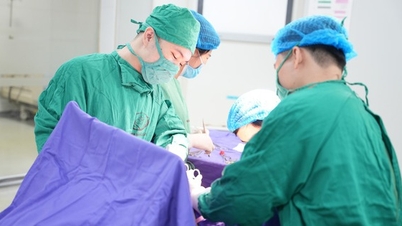
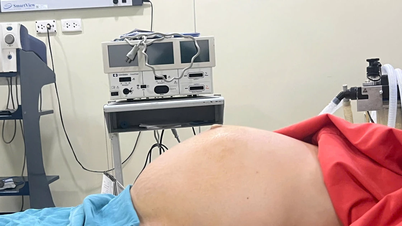



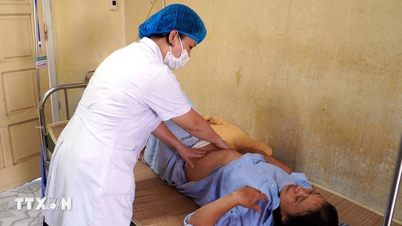


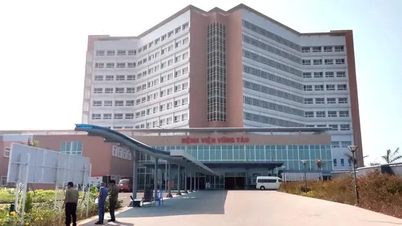

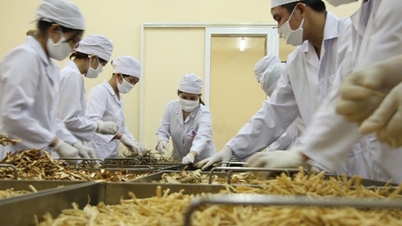








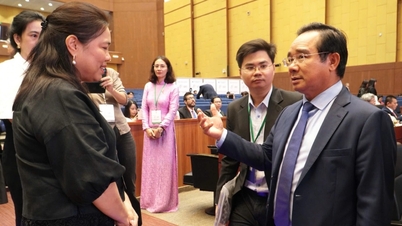



















































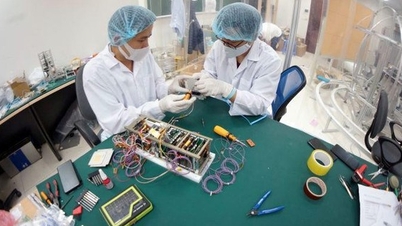



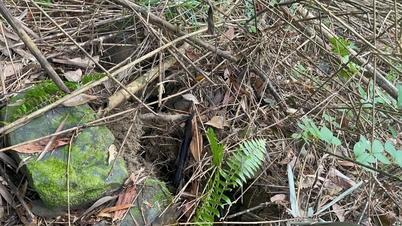













![Dong Nai OCOP transition: [Article 3] Linking tourism with OCOP product consumption](https://vphoto.vietnam.vn/thumb/402x226/vietnam/resource/IMAGE/2025/11/10/1762739199309_1324-2740-7_n-162543_981.jpeg)







Comment (0)